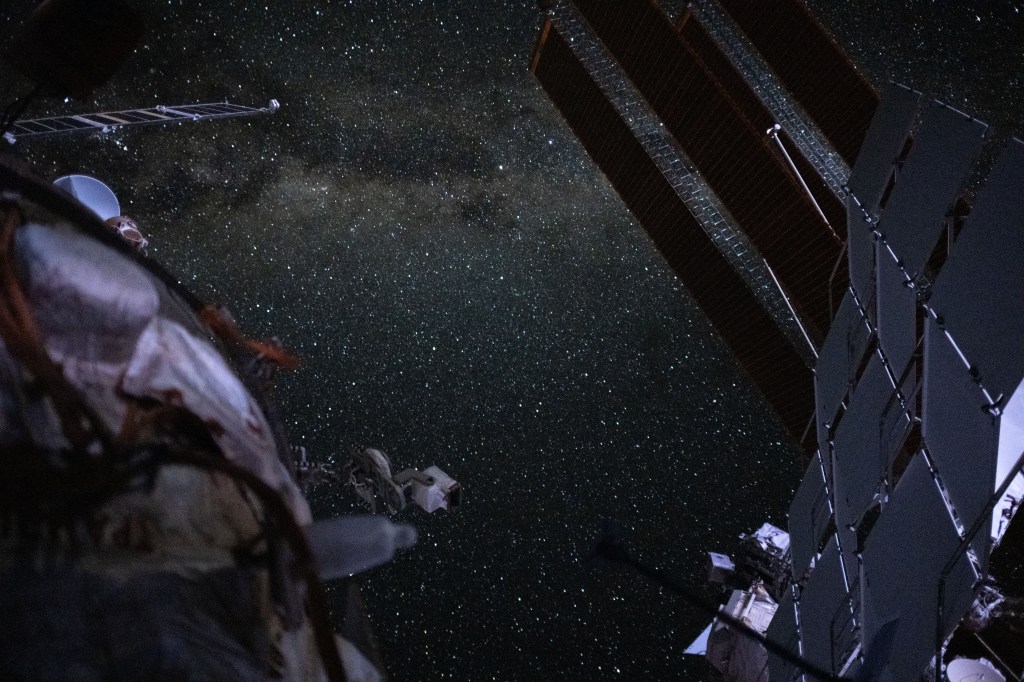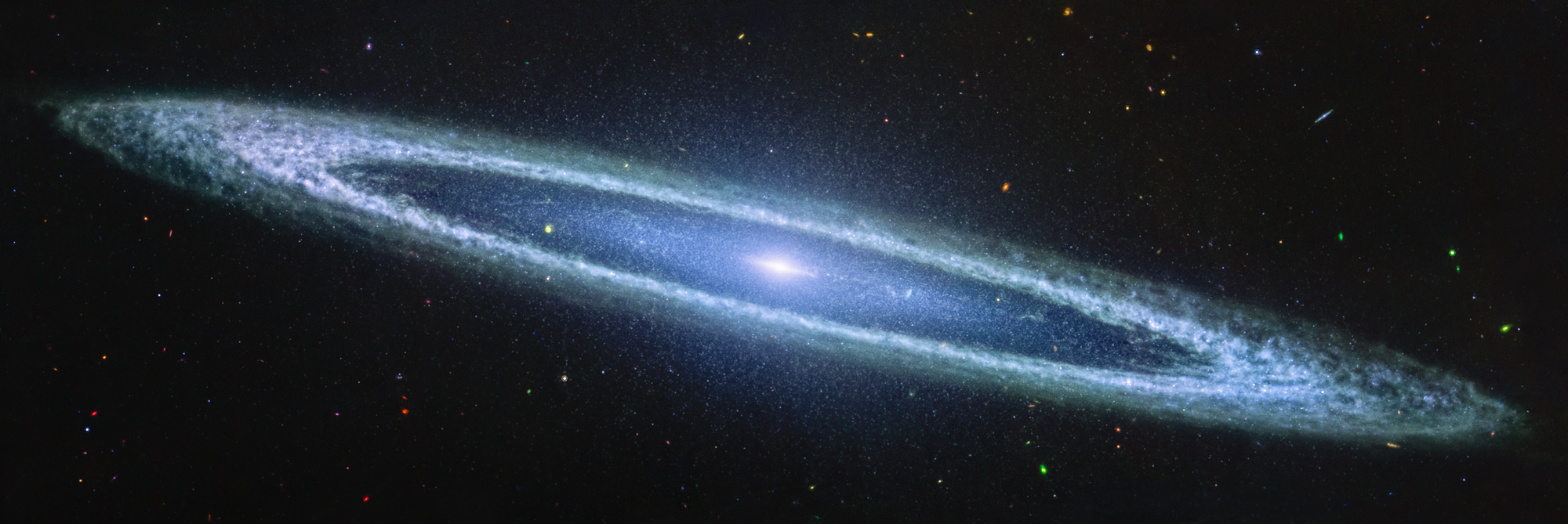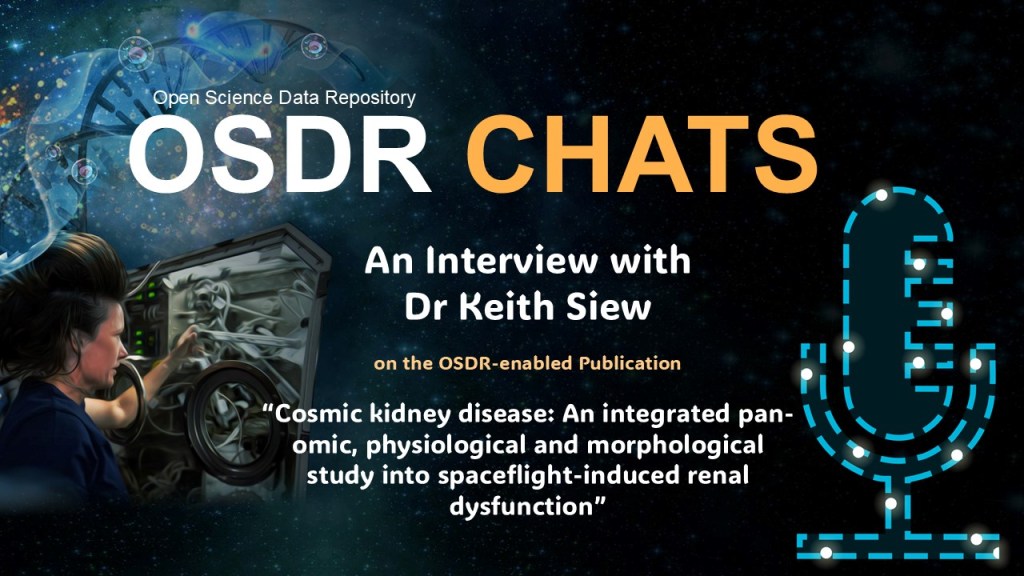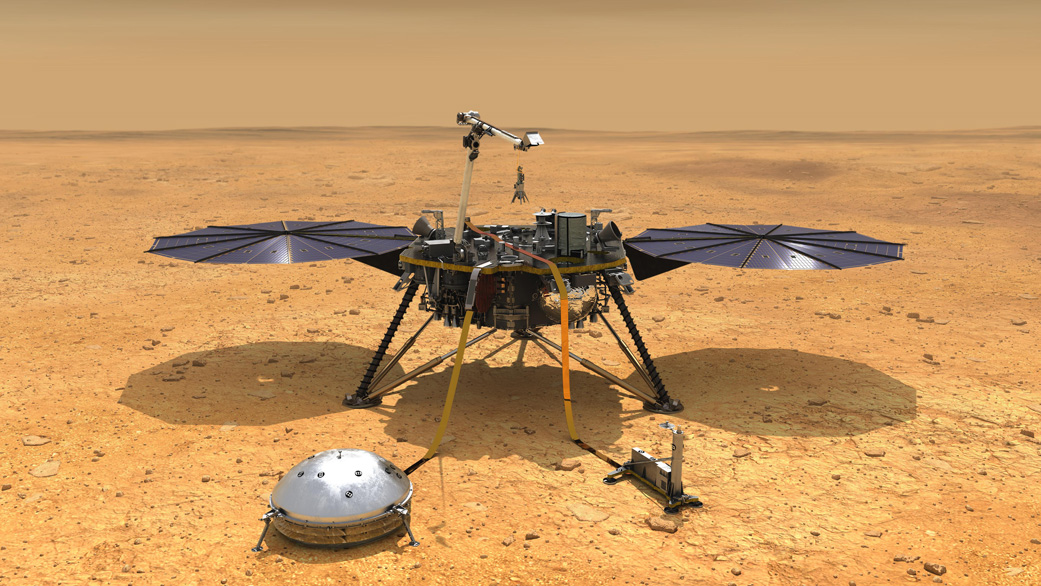Scientists will talk about new findings in a question-and-answer session with the news media and public.
Scientists working with NASA’s InSight Mars lander will share new results in a virtual discussion at 9 a.m. PDT (12 p.m. EDT) on July 23. Since InSight landed on Mars in November 2018 its seismometer has detected hundreds of quakes. The InSight mission is helping teach scientists how all rocky planets – including Earth – formed.
The discussion will be livestreamed on NASA Television, the NASA app, the agency’s website, and multiple agency social media platforms, including the JPL YouTube and Facebook channels.
Speakers will include the following InSight science team members:
- Mark Panning, NASA’s Jet Propulsion Laboratory in Southern California
- Amir Khan, ETH Zurich and University of Zurich
- Sabine Stanley, Johns Hopkins University
Members of the news media and public can submit questions using the hashtag #ASKNASA.
Earlier this year, the mission was extended for two years, running through December 2022.
Follow the InSight mission on Twitter at @NASAInSight for updates.
More About the Mission
JPL manages InSight for NASA’s Science Mission Directorate. InSight is part of NASA’s Discovery Program, managed by the agency’s Marshall Space Flight Center in Huntsville, Alabama. Lockheed Martin Space in Denver built the InSight spacecraft, including its cruise stage and lander, and supports spacecraft operations for the mission.
A number of European partners, including France’s Centre National d’Études Spatiales (CNES) and the German Aerospace Center (DLR), are supporting the InSight mission. CNES provided the Seismic Experiment for Interior Structure (SEIS) instrument to NASA, with the principal investigator at IPGP (Institut de Physique du Globe de Paris). Significant contributions for SEIS came from IPGP; the Max Planck Institute for Solar System Research (MPS) in Germany; the Swiss Federal Institute of Technology (ETH Zurich) in Switzerland; Imperial College London and Oxford University in the United Kingdom; and JPL. DLR provided the Heat Flow and Physical Properties Package (HP3) instrument, with significant contributions from the Space Research Center (CBK) of the Polish Academy of Sciences and Astronika in Poland. Spain’s Centro de Astrobiología (CAB) supplied the temperature and wind sensors.
Andrew Good
Jet Propulsion Laboratory, Pasadena, Calif.
818-393-2433
andrew.c.good@jpl.nasa.gov
Karen Fox / Alana Johnson
NASA Headquarters, Washington
301-286-6284 / 202-358-1501
karen.c.fox@nasa.gov / alana.r.johnson@nasa.gov
2021-152





























